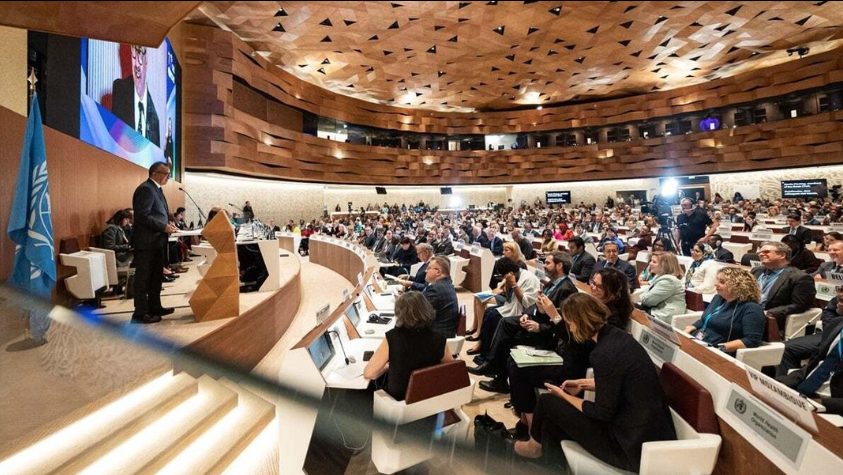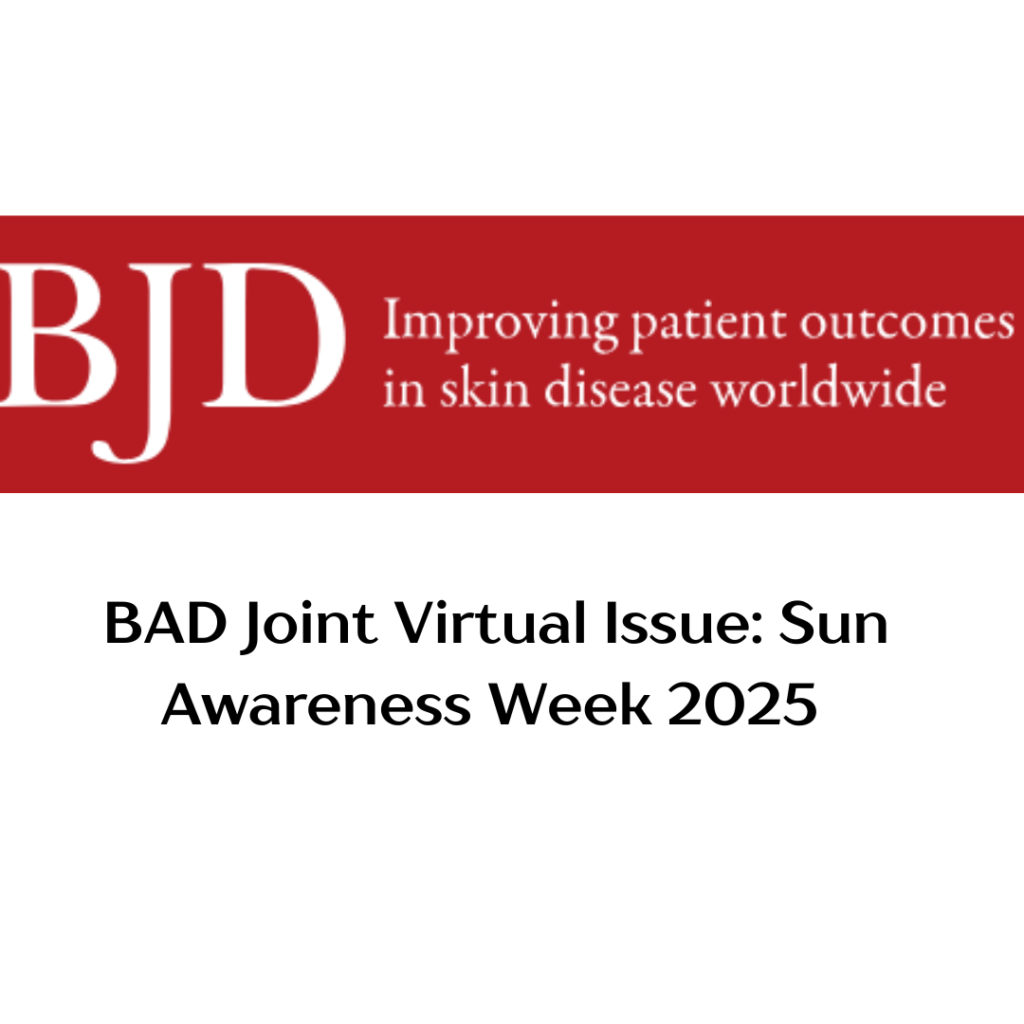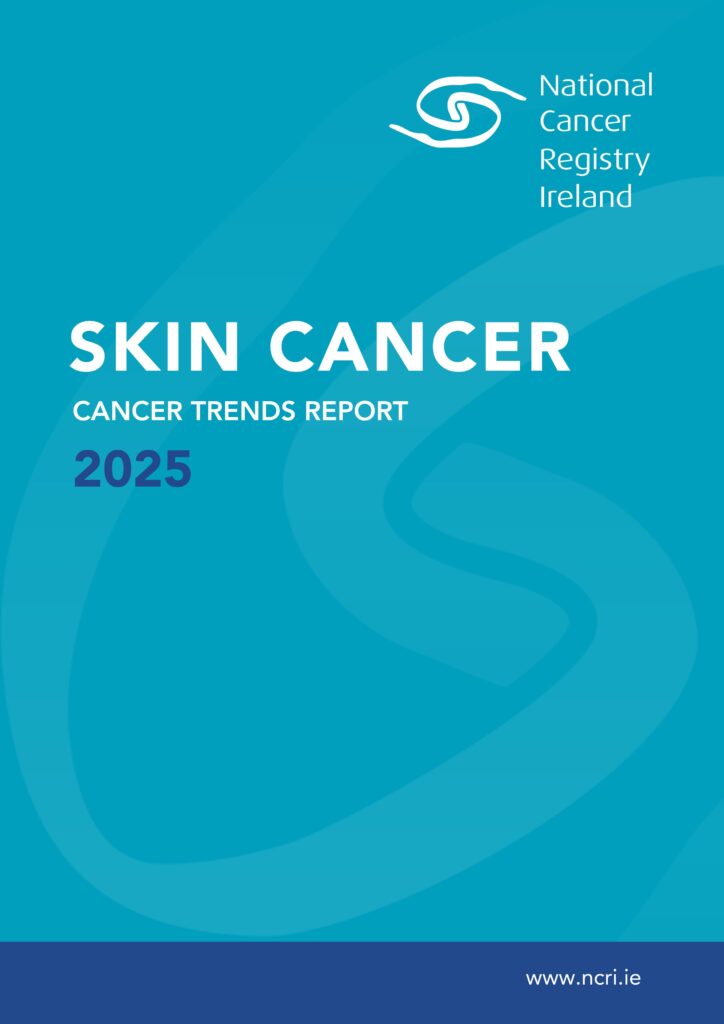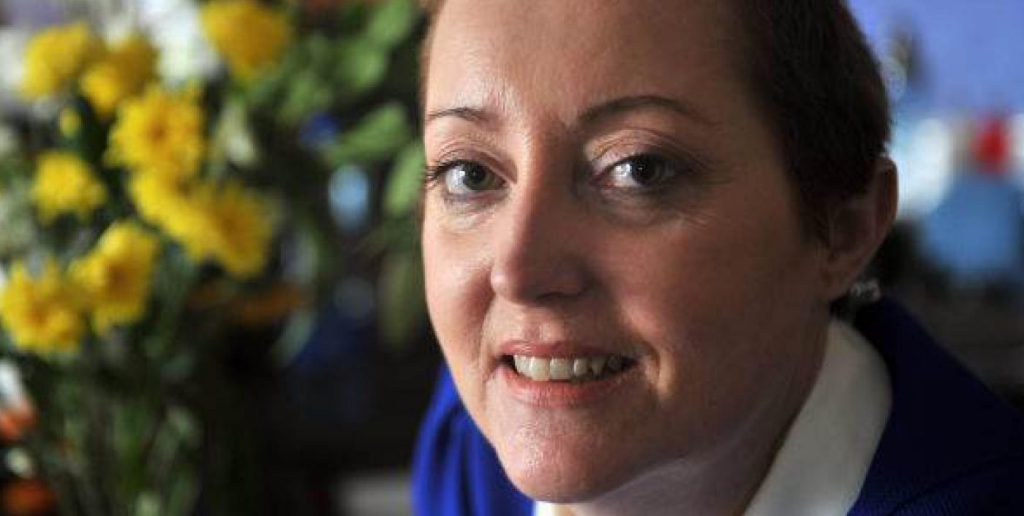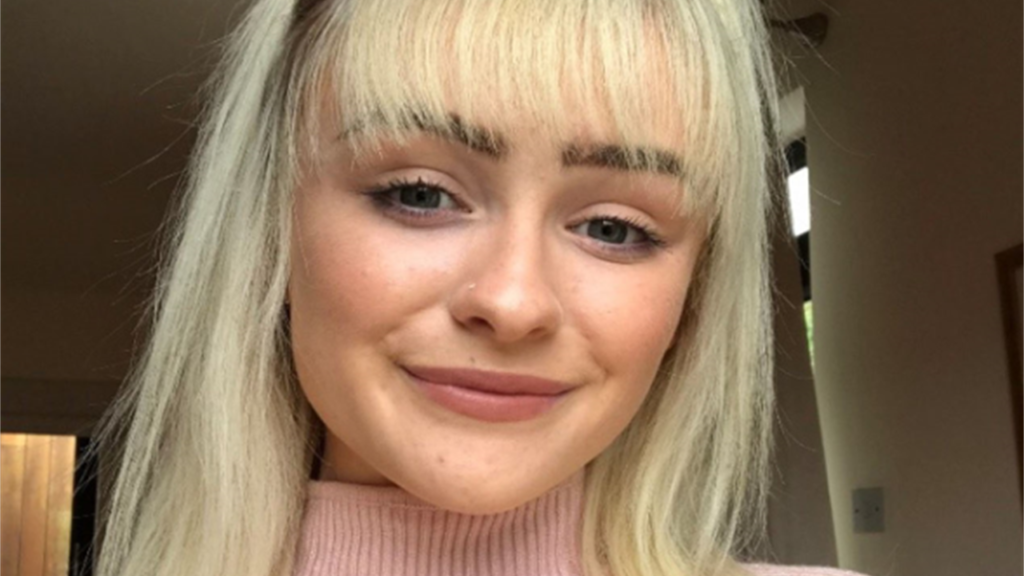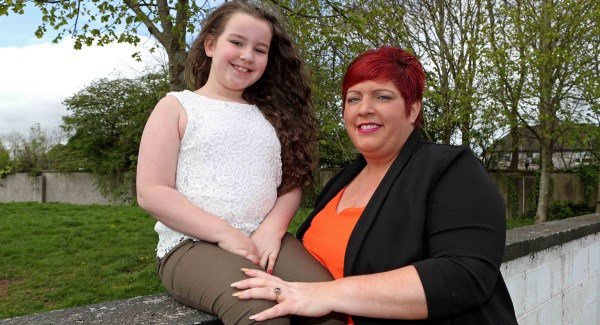Acute and chronic effects of too much sun
Overexposure to ultraviolet radiation (UV) in sunlight can cause sunburn, skin and eye damage, premature skin ageing and skin cancer.
Why Seek shade?
Seeking shade from direct sunlight is one of the key skin cancer prevention protective behaviours.
Shade lessens the impact of intense sunshine, and along with other protective measures including clothing, broad-brimmed hats, sunglasses and sunscreen, can help to reduce exposure to UV.
Direct, diffuse and reflected UV
UV exposure consists of direct UV rays received in sunlight, diffuse UV scattered in the atmosphere/sky around us, but can also include UV reflected from surfaces such as sand, sea, snow or concrete. Surface reflectance is important, because areas of the body that are usually shaded, can be exposed to reflected UV.
Use shade wisely
The World Health Organization advises using shade wisely; seek shade when the sun’s UV rays are most intense but remember that structures such as umbrellas, canopies or trees do not offer complete protection from UV.
Shade coverage
Factors such as the type of shading material and the proportion of the sky that is visible, influence the degree of protection from UV in the shade.
For example, solid materials such as metal or wood block 100% of UV transmission, the percentage is less for perforated materials, while the protection offered by shade fabrics also varies, so it is important to check manufacturers specifications.
Other important considerations include the size, shape and height of a shade structure; larger shade structures can offer greater protection by reducing the level of diffuse UV entering through the sides.
Vegetation, such as trees or trellis covered with climbing plants/vines can also give natural shade; dense tree foliage offers a greater barrier than a less dense leaf canopy.
Beware
So, although shade can reduce UV radiation by 50% or more, it is still possible to get sunburn in a shaded setting, such as sitting under an umbrella at the beach for example, both from scattered UV from the sky and UV reflected off the sand, if you have no additional protection!
Sun paths: daily and seasonal patterns
The sun path refers to the changing position of the sun in the sky, as the Earth rotates and orbits the sun. The angle of direct sunshine and the intensity of UV changes as the sun rises and falls during the day, and over the course of the year, following seasonal patterns.
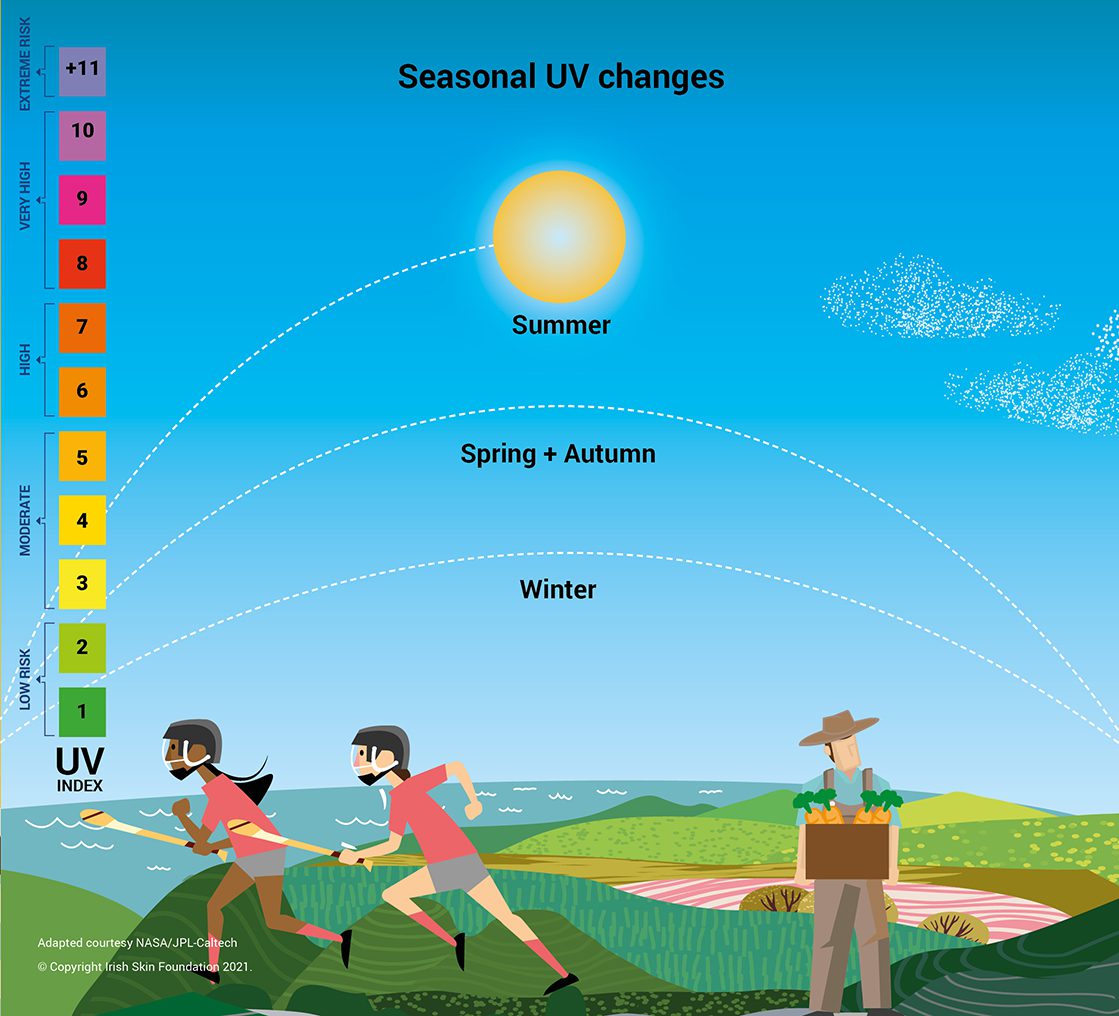
During summer, the sun is higher in the sky than during the winter months and UV is more intense. Try to limit time in the sun when UV rays are strongest, typically between the hours of 11:00am-3:00pm. Adjust your position as needed (or your sun umbrella) to stay in the shade while outside; remember to move with the shade!
Time of year, time of day and time unprotected outside, all matter to your skin!
Both occasional and chronic UV exposure can be damaging. Frequent exposure, even without burning can increase skin cancer risk, but sunburn is the most harmful. So, time of year, time of day and time unprotected outside, all matter to your skin.
Shade structures
Shade structures can be permanent, temporary or portable, and during the times when sun protection is advised, used in combination with other protective measures, seeking shade can offer a practical way to help shield skin from UV rays e.g. when on the move with children, use a portable sunshade for prams, buggies or pushchairs.
It all adds up!
Babies, children and people with fair skin are particularly vulnerable to UV damage, which accumulates over time!
Cumulative annual UV exposure can vary quite widely among individuals, and to a large extent, is influenced by occupation, extent of outdoor activities or leisure pursuits.
Shade breaks
Simple measures or adjustments to routines like scheduling activities, work, and/or lunch breaks, indoors during peak UV hours, can help to reduce UV exposure.
Enjoy the sun safely
Be SunSmart, especially from April-September in Ireland when the intensity of sunburn producing UV is greatest, even when it is cloudy!
Stay safe by limiting time in the sun when UV rays are strongest, typically between the hours of 11:00am-3:00pm; for example, by planning your day’s activities in advance to reduce sun exposure in the middle of the day, and seeking shade.
Follow the Healthy Ireland SunSmart 5 S’s: Slip on clothing that covers skin, Slop on sunscreen, Slap on a wide-brimmed hat, Seek shade and Slide on sunglasses.

Protect your family: Babies and young children are particularly vulnerable to sun exposure.
Remember: Do not deliberately suntan. Avoid sunbathing/sun burning. Never ever use a sunbed!
Next article: Slip, Slap, Slide: Protect against the sun with clothing, a hat and sunglasses
For more information on how to Protect & Inspect™ against Melanoma Skin Cancer visit our information and resources page.

